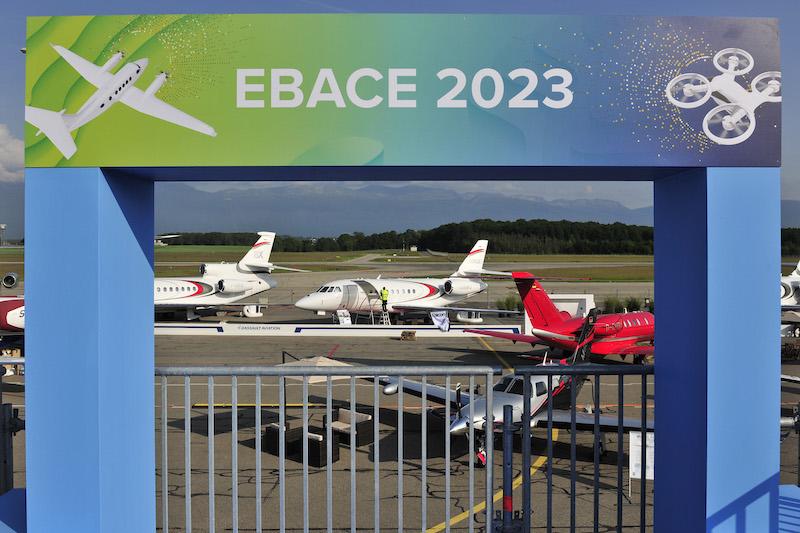
GENEVA—The word "collaboration" gets used frequently in our industry. Collaboration thrives in technological development, problem-solving, workforce development and more.
EBACE has done a good job spotlighting collaboration successes, but has also highlighted a big failure.
When climate protestors breached security at Geneva Airport on May 23—disrupting not only the EBACE static display but also airline operations—it underlined that the business aviation community needs to educate the public with facts.
A person present at the static display when the demonstration began said one protestor proclaimed that business aviation generates a sizeable percentage of global emissions. That is far from the truth. The entire aviation industry contributes 2% of global emissions, and business aviation is only 2% of that, so 0.04% of the total.
The business aviation community needs to set the facts straight. It needs to highlight its continual technical innovations and contributions.
Business aviation has always been an incubator for advancements—whether it be winglets, advanced materials, avionics or cabin connectivity—because of its customers, who value performance and efficiency.
Ironically, at the same time protestors breached airport security and attached themselves to a couple of aircraft on show in the static park, NBAA and EBAA hosted a luncheon with executives involved in advanced air mobility—a new form of more sustainable travel scheduled to launch next year.
To prepare for AAM operations at the Paris Olympics in mid-2024, Edward Arkwright, deputy CEO of Groupe ADP, which owns Paris' airports, said that instead of waiting for type certification—in this case of Volocopter's VoloCity—they began working on the ecosystem in advance so that they will be ready.
Groupe ADP knows that launching commercial AAM operations during the Olympics is a high-profile project, and it is imperative that all stakeholders—from airport, security, maintenance and flight operations—are collaborating and coordinated. He stressed that to reach the 2024 target, this had to happen.
“What we’re creating next year with our partners at EASA and our partners in Paris is really the first sustainable ecosystem in aviation,” said Stefan Klocke, Volocopter chairman.
Business aviation is committed to be net-zero carbon by 2050. Launching AAM operations next year is a visible step in achieving this goal and, thankfully, the Olympics will offer serve as a visible platform to showcase this.
Like the Olympics brings people from around the world together for a common cause and celebrates achievements, now more than ever is the time for business aviation to open up more to the world to show what it does. It’s not the time to make private aviation even more private.
